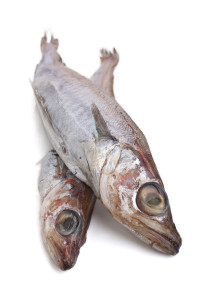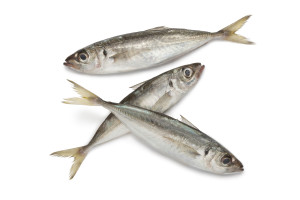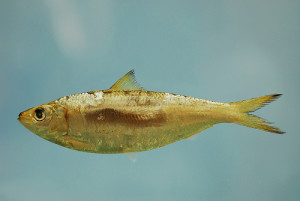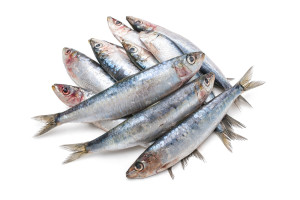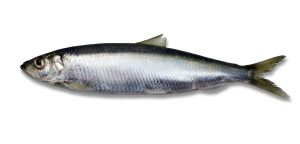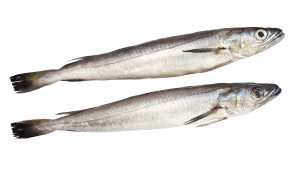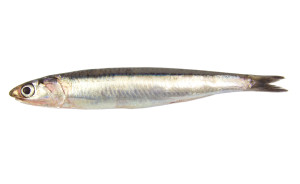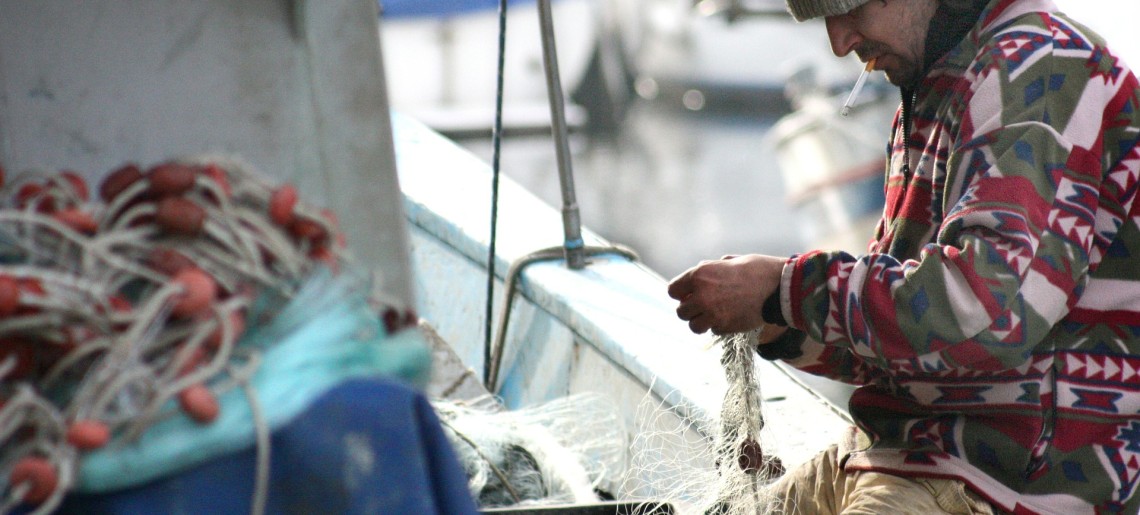
to make sure that your specific order is processed and delivered in a timely manner.
Contact Us
Micromesistius Poutassou (Blue whiting)
The blue whiting, Micromesistius poutassou, one of the two species in the genus Micromesistius in the cod family, is common in the northeast Atlantic Ocean from Morocco to Iceland and Spitsbergen. It also occurs in the northern parts of the Mediterranean, where it may be locally abundant.Blue whiting also occur in the northwest Atlantic Ocean between Canada and Greenland, but is considered rare. It has a long, narrow body and a silvery underbody. The fish can attain a length of more than 40 cm. The average length of blue whiting caught off the west shores of the UK is 31 cm.5:source:wikipedia
Trachurus Trachurus (Atlantic Horse Mackerel)
The Atlantic horse mackerel (Trachurus trachurus) is a species of jack mackerel in the family Carangidae. It gets its common name from the legend that other smaller species of fish could ride on its back over great distances. Other common names include European horse mackerel (in the U.S.), common scad, scad, and saurel.
The Atlantic horse mackerel can be found in the north-eastern Atlantic from Iceland to Senegal, including Canary Islands and the Cape Verde islands, and also in the Mediterranean and the Black Sea.
It congregates in large schools in coastal waters, where it feeds on crustaceans, squid, and other fishes. The two main populations are the west stock which spawns in the eastern Atlantic off the coasts of western Europe, and the north stock which spawns in the North Sea.
This mackerel is edible and can be smoked, fried, salted, and baked. It is an important commercial fish.5:source:wikipedia
Sardinella Aurita (Round Sardinella)
The round sardinella (Sardinella aurita) is a species of ray-finned fish in the genus Sardinella found in both sides of the Atlantic Ocean and the Mediterranean Sea.
S. aurita went through a large boom in catch population around 1990. However, its numbers have been very stable through the last several years. S. aurita inhabits warm waters. It is a small, pelagic species that lives in tropical and subtropical waters of the western and eastern Atlantic Ocean, the Pacific Ocean, the Mediterranean, and occasionally, the Black Sea. The gonads start to develop in April and are fully mature one month later. Plankton in spawning regions are full of eggs and larvae from the end of June into September.5:source:wikipedia
Sardina Pilchardus (European Pilchard)
European pilchard (Sardina pilchardus) is a species of ray-finned fish in the monotypic genus Sardina. Littoral species. Forms schools, usually at depths of 25 to 55 or even 100 m by day, rising to 10 to 35 m at night. Feeds mainly on planktonic crustaceans, also on larger organisms. Spawns in batches, in the open sea or near the coast, producing 50,000-60,000 eggs with a mean diameter of 1.5 mm.5:source:wikipedia
Clupea Harengus (Atlantic Herring)
Atlantic herring (Clupea harengus) is a herring in the family Clupeidae. It is one of the most abundant fish species in the world. Atlantic herrings can be found on both sides of the Atlantic Ocean, congregating in large schools. They can grow up to 45 centimetres (18 in) in length and weigh up to 1.1 kilograms (2.4 lb). They feed on copepods, krill and small fish, while their natural predators are seals, whales, cod and other larger fish.
The Atlantic herring fishery has long been an important part of the economy of New England and the Canadian Maritime provinces. This is because the fish congregate relatively near to the coast in massive schools, notably in the cold waters of the semi-enclosed Gulf of Maine and Gulf of St. Lawrence. North Atlantic herring schools have been measured up to 4 cubic kilometres (0.96 cu mi) in size, containing an estimated 4 billion fish.5:source:wikipedia
Boga Boga
The boga is a small sized fish that can reach a maximum length of 23 cm, but the ones usually observed are rather 18 cm.[It has a laterally compressed and spindle-shape body with a forked caudal fin. Its background color is silver blue with dark horizontal lines. Its mouth is highly protrusible and underlined with bronze yellow.5:source:wikipedia
Merluccius Bilinearis (Silver Hake)
The silver hake, Atlantic hake or New England hake, Merluccius bilinearis, is a merluccid hake of the genus Merluccius, found in the northwest Atlantic Ocean. It is highly predatory and typically feeds on fish and crustaceans.
5:source:wikipedia
Sprattus Sprattus (European Sprat, Bristling)
The European sprat, Sprattus sprattus, also known as bristling, brisling or skipper, is a small, herring-like, marine fish. Found in European waters, it has silver grey scales and white-grey flesh. Specific seas in which the species occurs include the Irish Sea, Black Sea, Baltic Sea and Sea of the Hebrides.[1] The fish is around 12% fat in its flesh and is a source of many vitamins. When used for food it can be canned, salted, fried, grilled, baked, marinated, and so on.
Young sprats are commonly known as brisling. Canned sprats (usually smoked) are available in many north European countries, including the Baltic states, Scandinavia, Ireland, Germany, Poland and Russia. They are an important Latvian export. The majority of brisling sardines that are sold to the public are harvested off the coasts of Norway and Scotland.
5:source:wikipedia
Scomber Japonicus (Chub Mackerel)
The chub mackerel (Scomber japonicus) also known as the Pacific mackerel or Pacific chub mackerel, is a mackerel which closely resembles the Atlantic chub mackerel.
Most important of the differences, anatomically, is the fact that the chub mackerel has a well-developed swim bladder attached with the esophagus, which the “true mackerels” in the Scomber genus lack. But it is not necessary to open the fish to identify it for there is a characteristic color difference between them, the Atlantic being silvery-sided below the mid line, whereas the lower part of the sides of the hardhead (otherwise colored somewhat like the Atlantic) are mottled with small dusky blotches, and the chub has a larger eye than the Atlantic. Less obvious differences are that the dorsal fins are closer together in the chub and that there are only 9 or 10 spines in its first dorsal fin instead of 11 or more, which is the usual count in the Atlantic mackerel. In most species the mackerel is known to travel in large schools. It is a smaller fish than its better known relatives, growing to a length of about 8 to 14 inches.
5:source:wikipedia
Scomber Scombrus (Mackerel)
The Atlantic mackerel (Scomber scombrus), is a pelagic schooling species of mackerel found on both sides of the North Atlantic Ocean. The species is also called Boston mackerel, or just mackerel.
The Atlantic Mackerel is by far the most common of the ten species of the family that are caught in British waters. It is extremely common in huge shoals migrating towards the coast to feed on small fish and prawns during the summer.
Abundant in cold and temperate shelf areas, it forms large schools near the surface. They overwinter in deeper waters but move closer to shore in spring when water temperatures range between 11–14 °C (52–57 °F).
In north-east Atlantic: North Sea (east) and British Isles (west). The North Sea stock decreased dramatically in the 1960s because of direct overfishing.
Male and female Atlantic mackerel grow at about the same rate, reaching a maximum age of about 20 years and a maximum fork length of about 47 centimetres (19 in). Most Atlantic mackerel are sexually mature by the age of three years.5:source:wikipedia
and many more…

